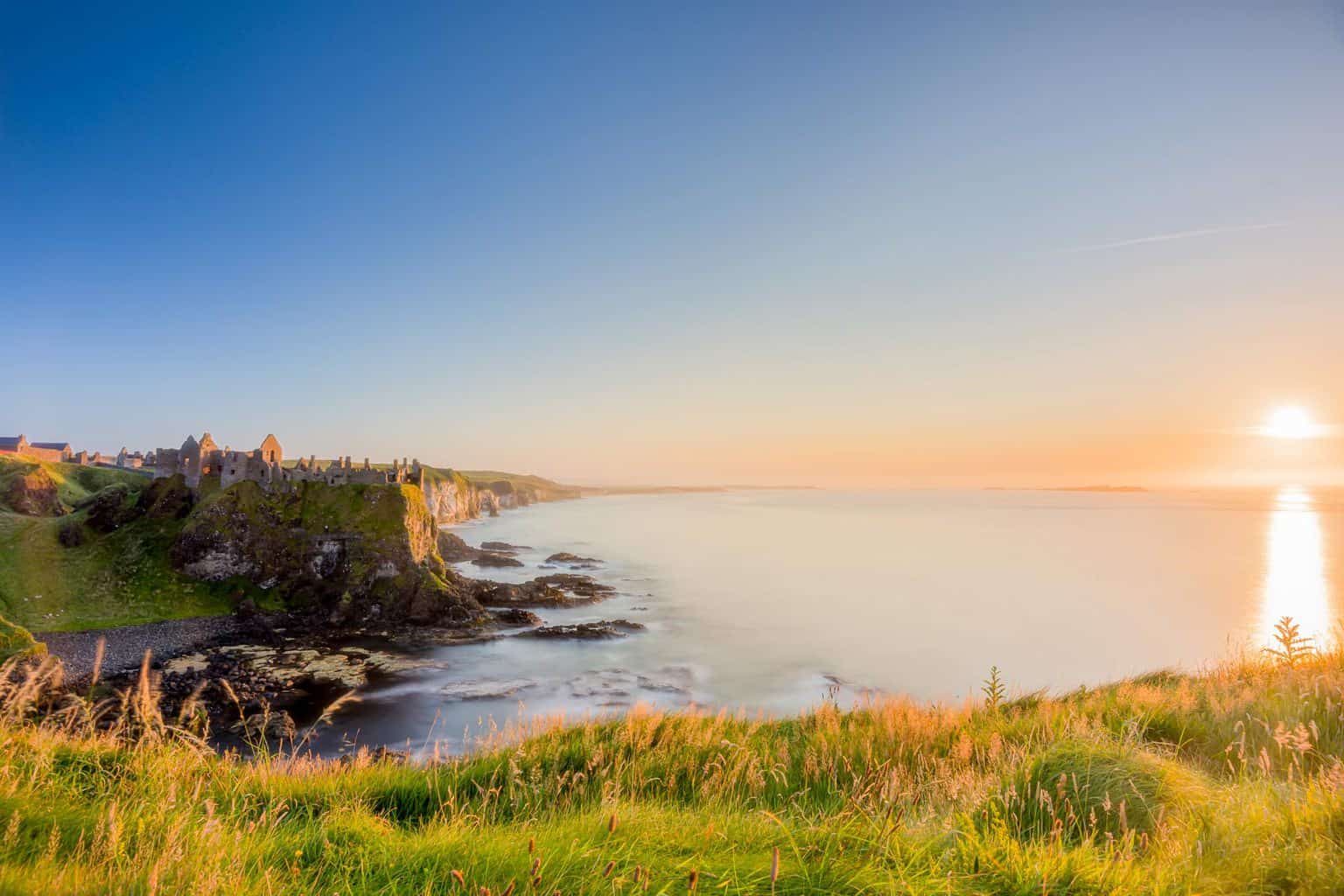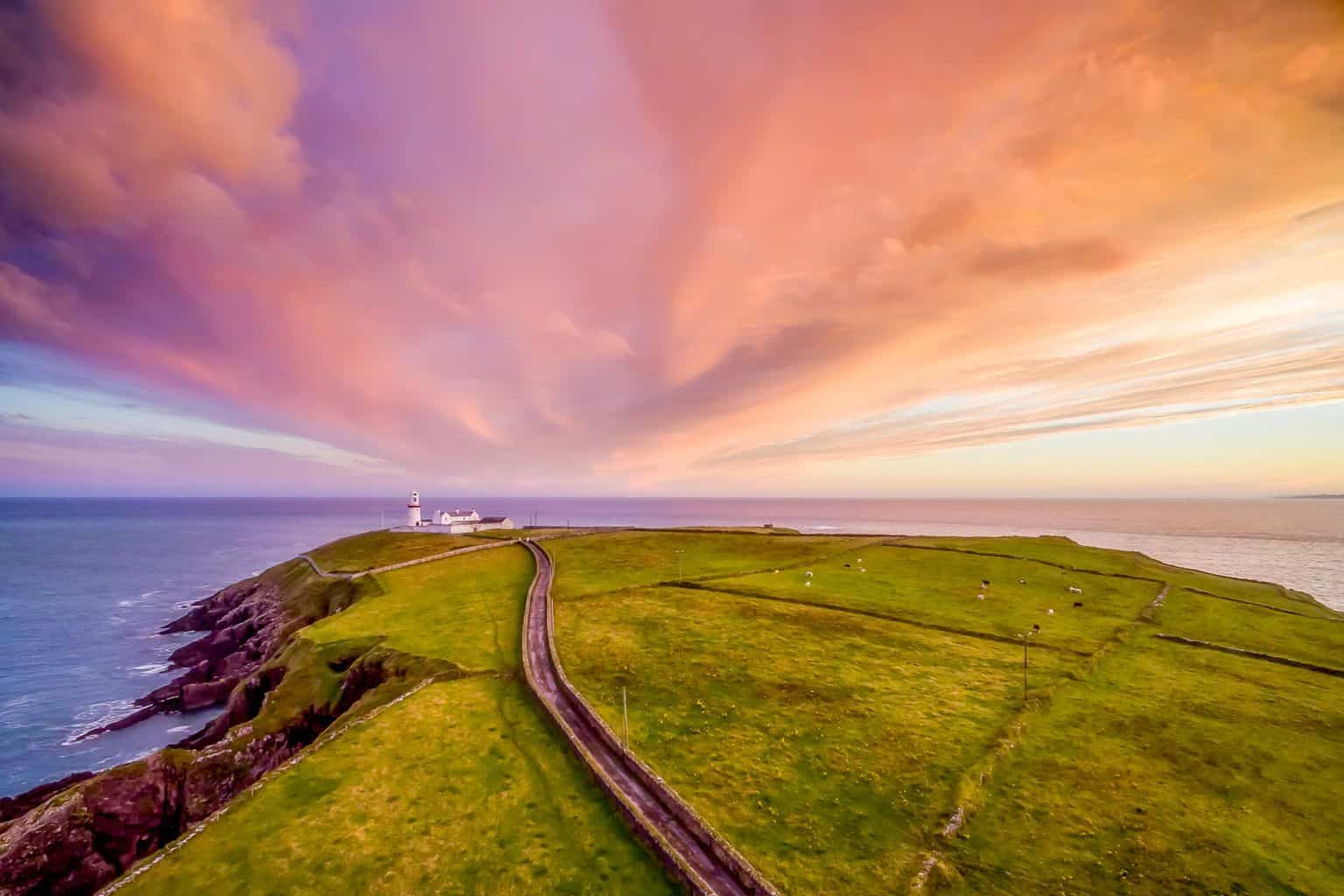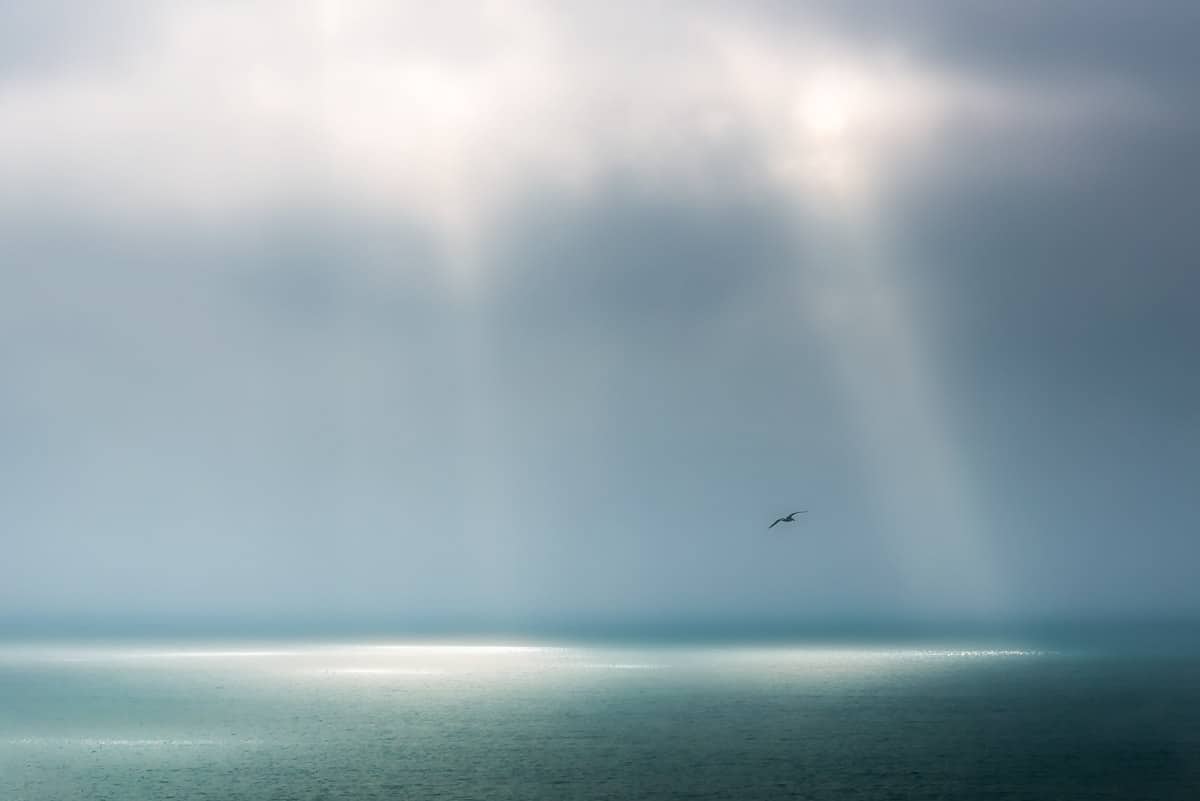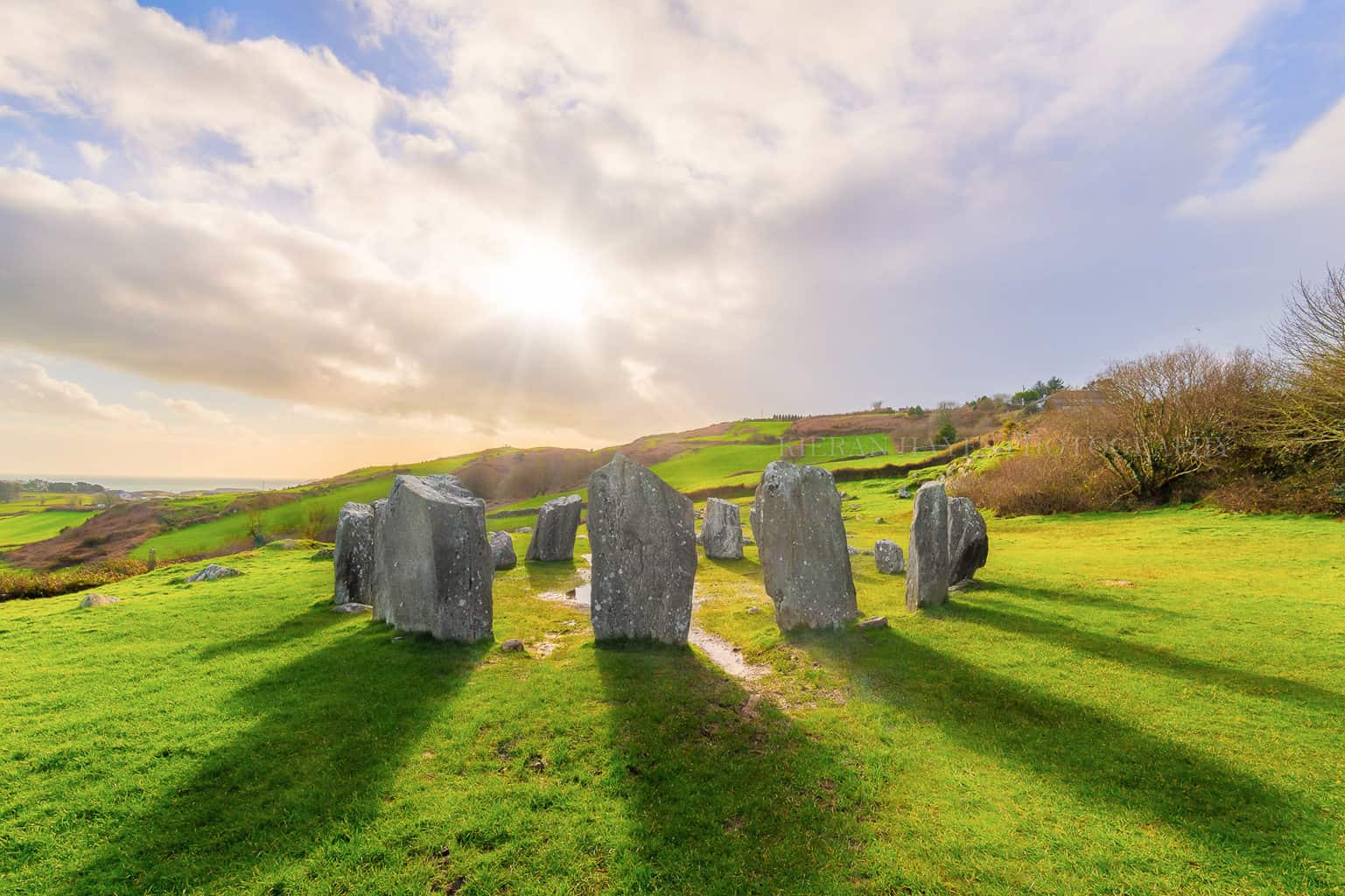The Ultimate guide to taking great photos in Ireland.

Landscape Photography Ireland tips on taking great photographs in Ireland.
My name is Kieran Hayes and I am an Irish photographer based in West Cork, my aim is to capture not only some stunning light but also the unique beauty of Ireland and on this website I share with you some of my tips and tricks to help you also achieve that.
Ireland is full of beautiful places to visit and photograph. But they can be difficult to capture so here are some tips to help you get started.
- Find a good spot, the best landscape photographs are taken from a vantage point where you have a clear view of the subject. If possible, find a place where you can see both foreground and background elements. You may need to hike to reach your destination, but the effort will be worth it.
- Use natural light, you’ll want to use natural light whenever possible. Try to shoot early or late in the day, when the sun is low in the sky. When shooting landscapes at sunrise or sunset, make sure to avoid direct sunlight. Instead, look for shadows cast by clouds or trees.
- Shoot vertically, when taking landscape shots, try to keep your camera perpendicular to the ground. This will give you a wider angle of view than if you were shooting horizontally.
- Focus on the horizon, if you’re photographing a scene with a lot of detail, focus on the horizon line. This will create a sense of depth and distance between objects in the foreground and background.
- Look for patterns, patterns are often found in nature. Look for interesting shapes and textures in rocks, water, and foliage. Patterns add interest to your images and help them stand out from others.
- Don’t forget about composition
Composition refers to how well your image is arranged. A great landscape photo should tell a story. Make sure to pay attention to the colors, shapes, and textures of the subject. - Take lots of pictures, don’t worry if you miss a shot; just take several until you get something you like. Remember, the best way to improve your skills is to practice!
I have more Photography tips and tricks here if you are interested…

The Importance of Light.
One of the first things you need to learn when taking landscape photos is light. You must understand how light affects your subject matter. If you don’t know what kind of light you should use, then you won’t be able to take good pictures.
When photographing landscapes, there are two main types of light: direct sunlight and indirect sunlight. Direct sunlight is the most common type of light used in landscape photography. It comes from the sun itself. Indirect sunlight is created by the sun shining off of objects such as water, trees, buildings, etc. These lights tend to be softer than direct sunlight.
You should be able to use both direct and indirect sunlight to help you create stunning photos.
Direct sunlight is the most common type of light found in nature. It is bright and intense. If you want to take pictures of landscapes during the day, then you should use direct sunlight. However, if you want to create images at night, then you should use indirect sunlight. Indirect sunlight is softer than direct sunlight. It has less intensity and is much easier to work with.
You can also use indirect sunlight on very overcast days as the clouds block the direct light and instead diffuse the light so it comes from every angle and is then a lot softer, you will notice on those days that you have no shadow.
The golden hours are the classical landscape photography times, the soft golden light makes the landscape before you far more romantic with it’s golden tones and also the low angle of the sun helps to highlight any undulations in showcasing the countries beauty even more.

Shoot From Different Angles.
If you’re taking pictures of a landscape, try shooting from different angles. This will help you see the scene from multiple perspectives, giving you more options for composition.
When photographing landscapes, it’s important to shoot from different angles. By doing this, you’ll be able to capture the entire scene from various vantage points. You’ll also get a better sense of depth and perspective.

Know Where You Want To Go.
Before you even start thinking about shooting, first you need to make sure you know exactly where you want to go.
This will help you focus on the right elements of the scene. It’s easy to get distracted by interesting objects when you’re out exploring, so try to keep your eyes focused on the horizon.
When you’re taking landscape photos, you should always be aware of what’s around you. If there’s something in the foreground that draws your attention away from the scenery behind it, then you could ruin some beautiful shots.
Try to avoid distractions such as people, cars, buildings, and other things that might distract you from the natural beauty of the area.
It’s better to think twice and press the shutter button once is my motto.

Bring the right lens with you
Before you even get on the plane make sure you have the right lens or lenses with you.
If you’re planning on shooting landscapes, you need to make sure you choose the right lens for the job. There are two main types of lenses: wide angle and telephoto. Wide angle lenses let you shoot more of the scene at once, while telephoto lenses give you a closer view of the subject.
The most important thing to consider when choosing a lens is what kind of shots you want to take. Do you want to capture the entire scene? Or would you rather zoom in on one specific area? If you plan on taking lots of landscape photos, then you’ll want to invest in a wide angle lens.
These lenses allow you to get a lot of the scene into one shot, which makes them great for capturing panoramic views.
However, if you’re looking to zoom in on a particular object, such as a tree or castle or lighthouse, then you should go with a telephoto lens. These lenses are best used for close ups because they magnify objects, making them easier to see.

Connect with your image.
Yes, that’s what I always say to clients on my photography workshops but it truly is the most important part of photography. You need to connect with your subject and understand what you find beautiful about it an then decide how you can make that even better.
If you change position, wait for a change in light, use a different focal length lens or simple just removing distracting elements can all completely transform your photography and help you create something truly beautiful.
I hope this fast blog post has helped you capture some of this countries truly beautiful landscapes and I hope you enjoyed every minute of it.
See you out there,
Kieran.